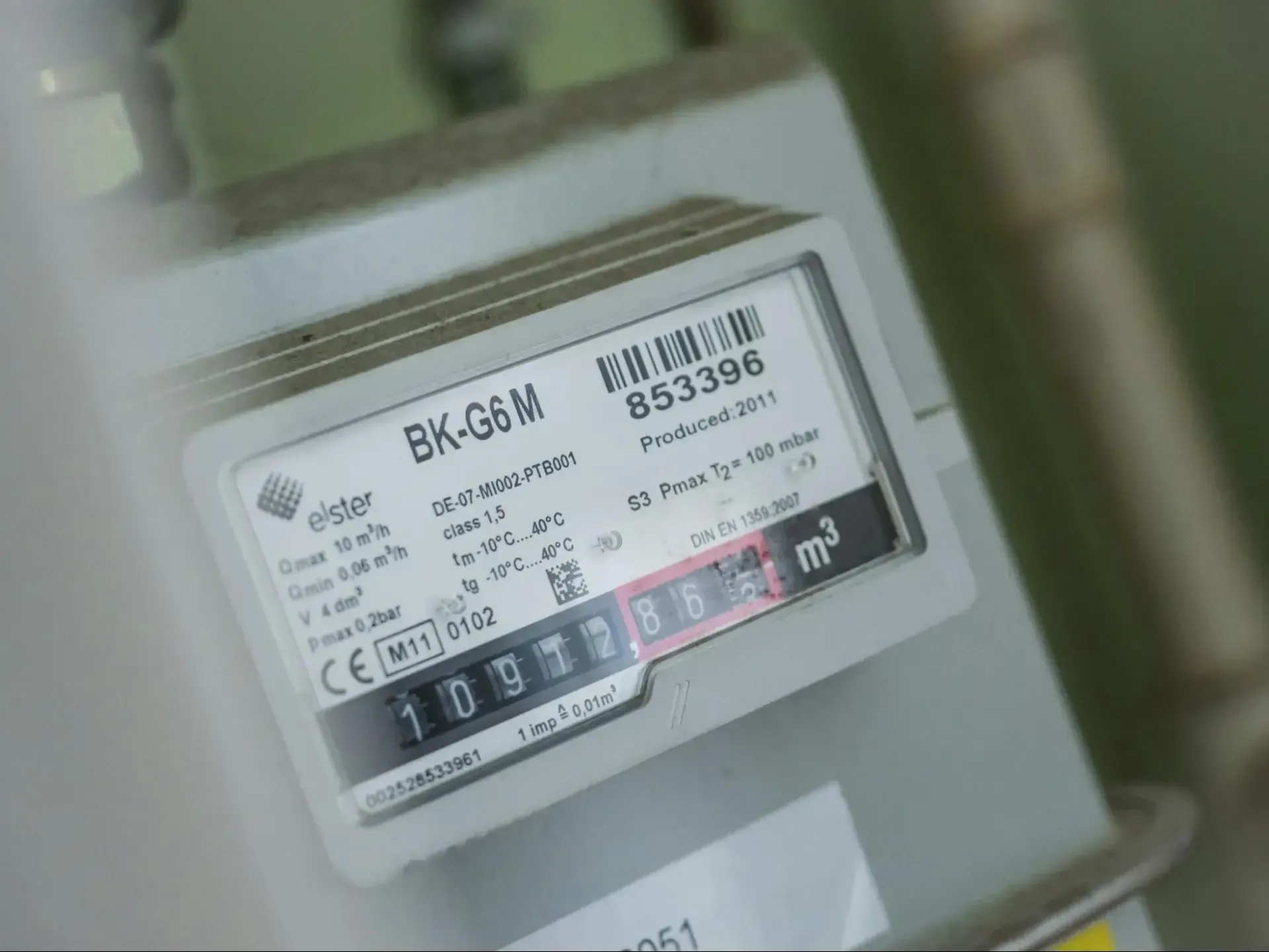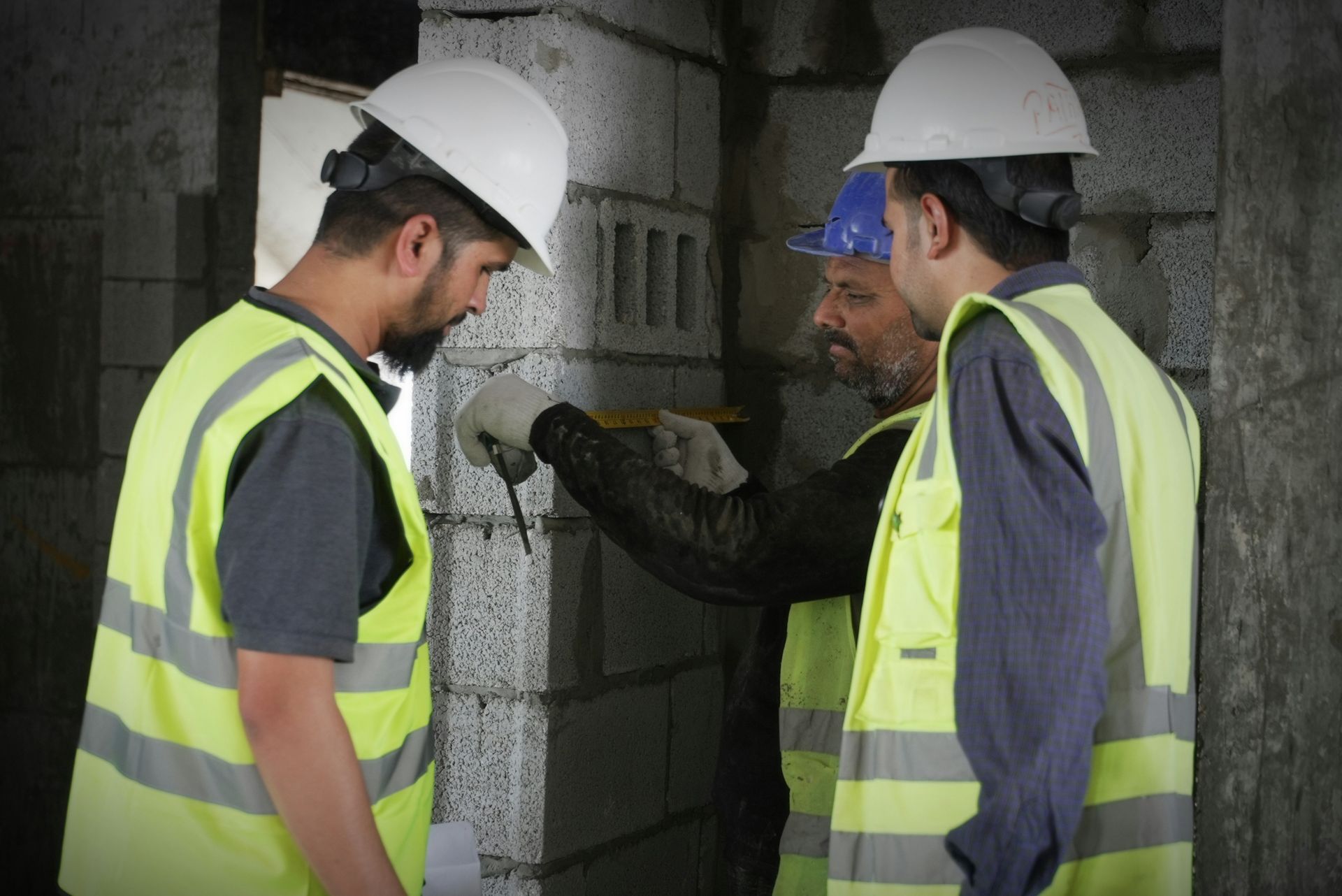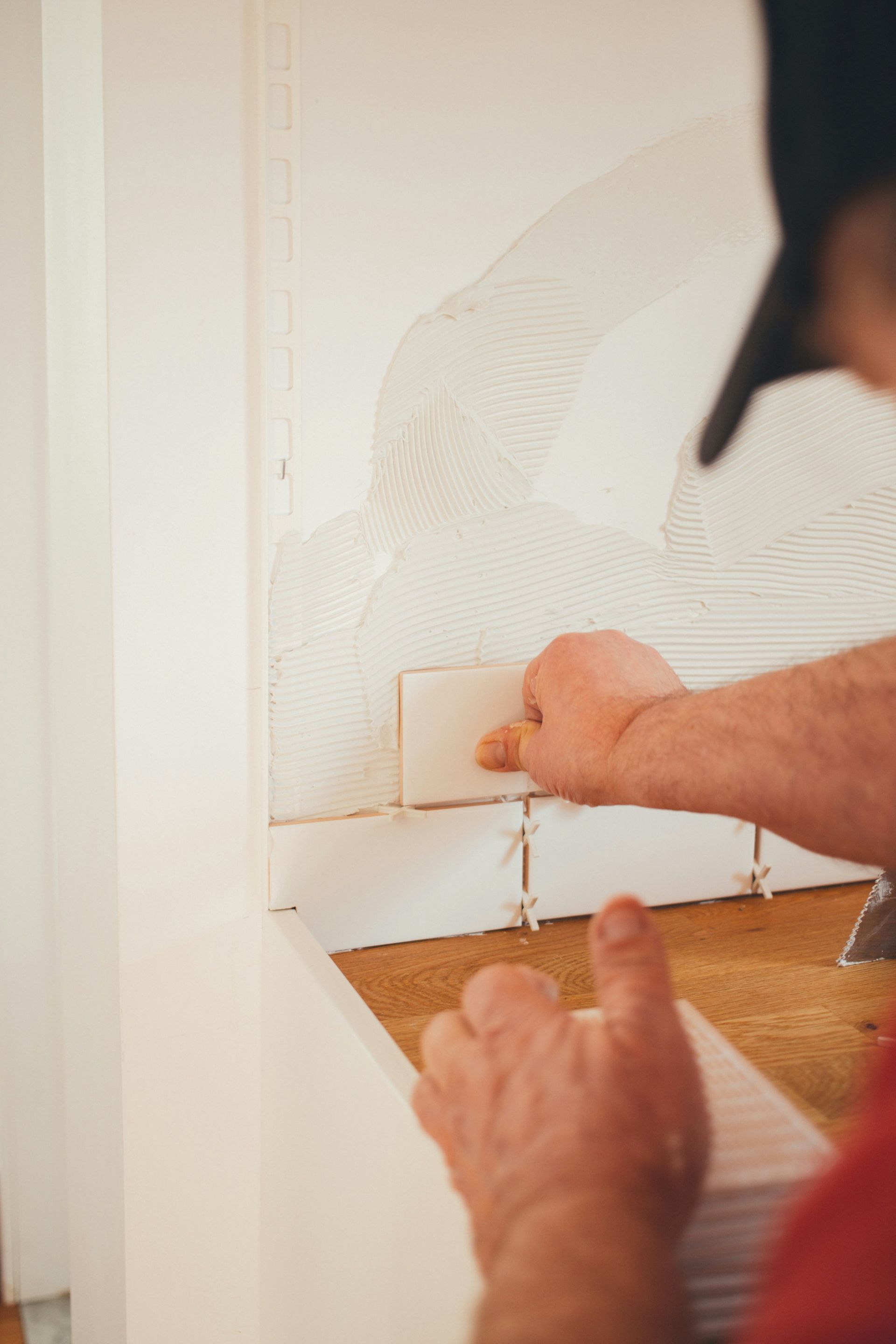Cut Costs with Spray Foam: Your Money-Saving Solution

Spray foam insulation represents a smart investment in energy efficiency and green building practices. This innovative material creates an airtight barrier that seals attics, roofs, and other spaces, preventing heat loss and air infiltration.
Homeowners who choose spray foam insulation often see significant reductions in their monthly energy bills, making it a cost-effective solution for long-term savings.
In this article, we’ll explore how spray foam insulation can help maximize your home’s energy efficiency and reduce your utility costs.
Key Takeaways
- Spray foam insulation creates an airtight seal, reducing energy costs and improving indoor air quality
- Proper insulation in attics, walls, and crawl spaces significantly enhances home comfort and energy savings
- Efficient HVAC systems and well-sealed windows complement spray foam insulation for maximum energy efficiency
- Spray foam offers long-term benefits including lower utility bills, improved comfort, and increased home value
- Expert insights, like those from Amanda Ringler, provide valuable knowledge on maximizing insulation effectiveness
How Does Spray Foam Save You Money?

Spray foam insulation saves homeowners money by significantly reducing energy costs. It creates an airtight seal in walls, ceilings, and other spaces, preventing heat loss in winter and cool air escape in summer. This improved insulation reduces the workload on furnaces and air conditioners, leading to lower utility bills.
The airtight barrier formed by spray foam also helps prevent moisture infiltration, which can lead to indoor mold and mildew growth. By keeping spaces dry and well-insulated, spray foam reduces the need for costly repairs and remediation caused by moisture damage. This protection extends the lifespan of building materials and structural elements.
Spray foam insulation offers long-term savings through its durability and performance. Unlike traditional insulation materials that may settle or degrade over time, spray foam maintains its effectiveness for decades. This longevity means homeowners avoid frequent replacement costs and continue to benefit from energy savings year after year.
How Much Can You Save on Monthly Energy Bills With Spray Foam?

Spray foam insulation can significantly reduce monthly energy bills by creating a more efficient building envelope. Homeowners typically see savings of 15-50% on heating and cooling costs, depending on the size and condition of their home.
The improved insulation and air sealing provided by spray foam can improve indoor air quality, acting as a natural air filter. This can positively impact occupants’ health and potentially reduce medical expenses related to respiratory issues.
In addition to direct energy savings, spray foam insulation may qualify homeowners for tax credits or rebates. The closed-cell structure of spray foam provides superior insulation value, maximizing energy efficiency and potential financial benefits.
Factors That Determine Monthly Energy Bill Savings

The amount of money homeowners can save on energy bills after installing spray foam insulation depends on several key factors. These include the efficiency of the HVAC system and ducts, the condition of the AC unit and furnace, the quality of windows and doors, and the specific areas in the home insulated with foam. Proper insulation of walls, floors, and attics can significantly reduce ice buildup and heat loss, leading to substantial energy savings. Understanding how these elements interact is crucial for maximizing the cost-saving benefits of spray foam insulation.
HVAC System and Ducts
The efficiency of a home’s HVAC system and ductwork plays a crucial role in determining the potential energy savings from spray foam insulation. An energy audit can help identify areas where polyurethane spray foam can improve insulation and reduce the workload on heating and cooling equipment. Properly sealed and insulated ducts, combined with an efficient HVAC system, can maximize the return on investment for spray foam insulation, especially in extreme climates.
| Factor | Impact on Energy Savings |
|---|---|
| HVAC Efficiency | High |
| Duct Sealing | Medium to High |
| Climate | Varies |
| Energy Audit | Improves Overall Savings |
AC Unit and Furnace
The efficiency of AC units and furnaces is crucial in determining energy savings when using spray foam insulation. Proper insulation helps these systems maintain consistent temperatures, reducing their workload and energy consumption. Spray foam’s ability to prevent heat transfer and block air infiltration complements high-efficiency HVAC equipment, leading to optimal energy savings and improved indoor air quality. This combination can also help prevent mold growth by controlling moisture levels more effectively than traditional insulation materials like cellulose.
- Efficient AC units and furnaces work synergistically with spray foam insulation
- Spray foam reduces HVAC workload and energy consumption
- Improved temperature control and indoor air quality
- Moisture management helps prevent mold growth
- Enhanced performance compared to traditional insulation materials
Windows and Doors
Windows and doors play a crucial role in a home’s energy efficiency, working in tandem with spray foam insulation to reduce heating costs. Polyurethane foam applied around window frames and door jambs creates an airtight seal, preventing drafts and dust infiltration. This comprehensive approach extends to basements, where foam insulation can significantly improve overall home comfort and energy savings.
Areas in the Home Insulated With Foam
The areas in a home insulated with spray foam greatly influence energy savings and overall comfort. Attics, walls, and crawl spaces benefit significantly from spray foam, reducing air infiltration and moisture issues. Proper insulation in these areas improves ventilation, reduces noise transmission, and can alleviate allergy symptoms by preventing outdoor pollutants from entering the living space. Key areas for spray foam application include:
- Attic spaces and roof decks
- Exterior and interior walls
- Crawl spaces and basements
- Around windows and doors
- Rim joists and sill plates
Reducing Monthly Energy Bills With Foam Insulation

Spray foam insulation offers homeowners a powerful way to reduce monthly energy bills. Creating an airtight seal in walls, attics, and crawl spaces minimizes heat transfer and air leakage. This improved insulation efficiency leads to significant savings on heating and cooling costs.
The application of spray foam around windows and in hard-to-reach areas enhances overall home insulation. It reduces the workload on air conditioning systems during hot summers and heating systems in cold winters. This reduction in energy consumption translates directly into money saved on utility bills.
Foam insulation in crawl spaces and attics is crucial in maintaining a comfortable indoor environment. It prevents moisture buildup and air infiltration, which can lead to higher energy costs. The long-term benefits of spray foam insulation include:
- Lower monthly energy bills
- Improved home comfort
- Reduced strain on HVAC systems
- Enhanced indoor air quality
- Increased home value
Conclusion
Spray foam insulation offers homeowners significant cost savings by drastically reducing energy bills through improved insulation and air sealing. It creates an airtight barrier that minimizes heat transfer, reduces HVAC workload, and prevents moisture infiltration, leading to long-term savings and increased home comfort. The effectiveness of spray foam insulation depends on factors such as HVAC efficiency, window and door quality, and the specific areas insulated in the home. By investing in spray foam insulation, homeowners can enjoy lower utility costs, enhanced indoor air quality, and increased property value while contributing to a more energy-efficient future.
The post Cut Costs with Spray Foam: Your Money-Saving Solution first appeared on Mammoth Home Renovations.






Share On: